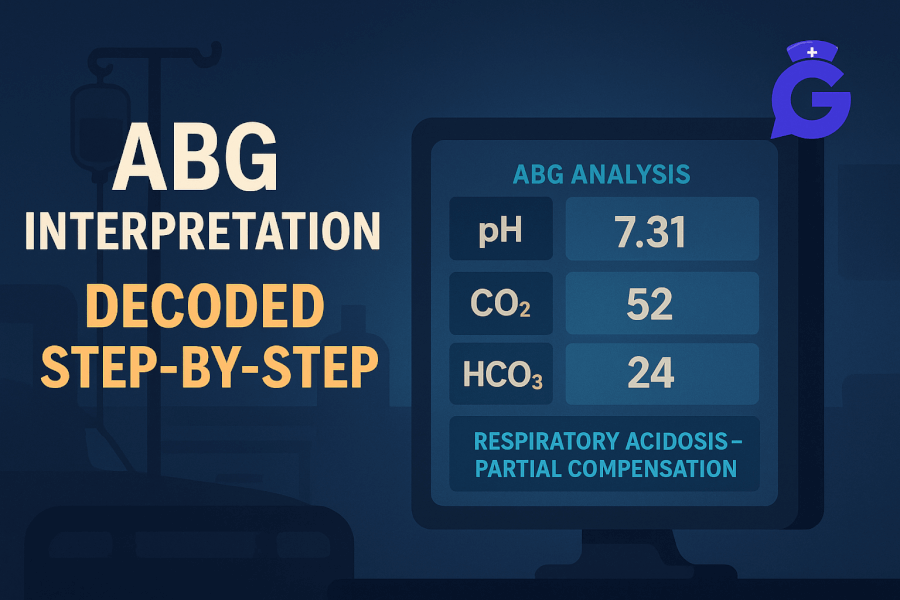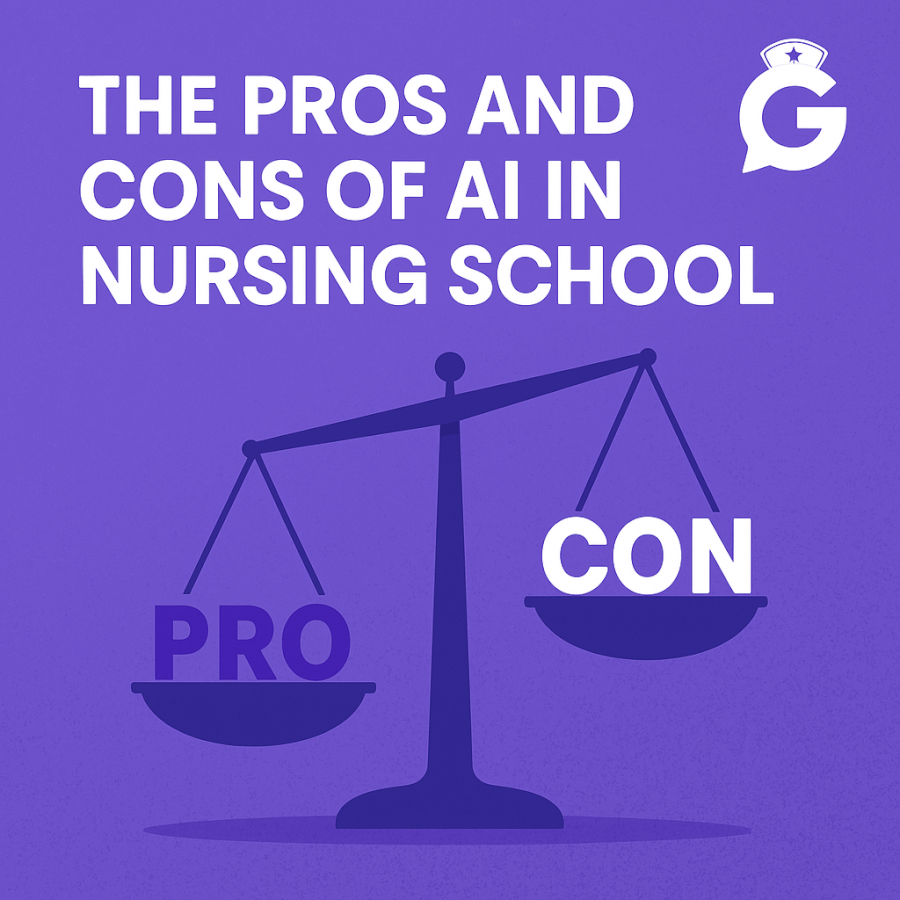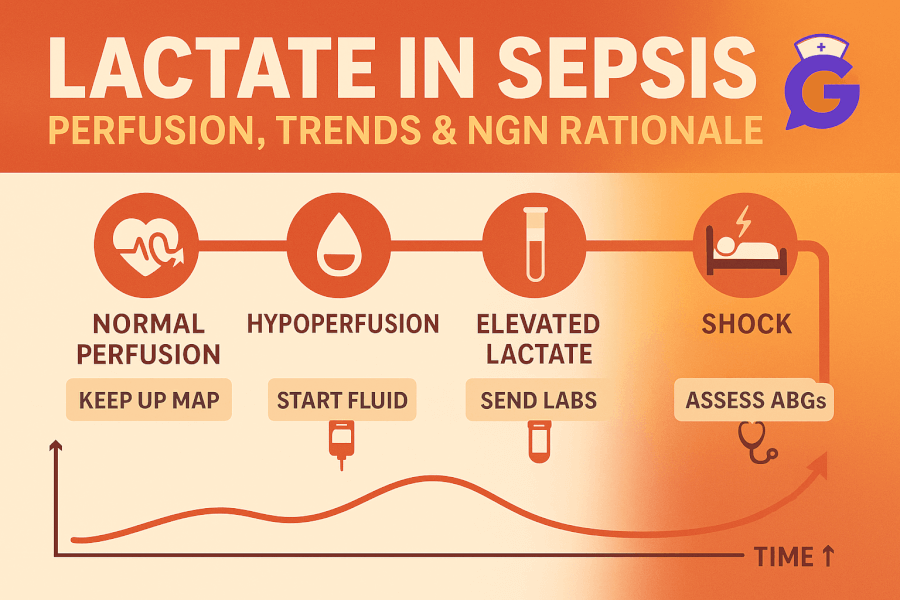One of the smartest first steps in NCLEX prep is mastering the four Client‑Needs categories that drive every question on the exam blueprint. Knowing these categories not only helps you prioritize study time—it also boosts confidence when an NGN case study suddenly throws a complex scenario your way. In this 2025 update, we break down each category’s percentage weight, subtopics, and learning strategies, and we map the new Next‑Generation (NGN) item types to their respective domains.
🎯 Free NCLEX quiz!
Test your knowledge, we're always adding more quizzes!
Quick‑Answer Table – 2025 Category Weights
| Category (RN) | Weight Range | Sample Topics |
|---|---|---|
| Management of Care | 17 % – 23 % | Delegation, legal/ethical, advance directives |
| Safety & Infection Control | 9 % – 15 % | Fall protocols, isolation, PPE sequence |
| Health Promotion & Maintenance | 6 % – 12 % | Growth & development, screenings, vaccines |
| Psychosocial Integrity | 6 % – 12 % | Mental‑health disorders, therapeutic communication |
| Basic Care & Comfort | 6 % – 12 % | ADLs, pain management, nutrition |
| Pharmacological & Parenteral Therapies | 12 % – 18 % | Med math, IV therapy, side‑effects |
| Reduction of Risk Potential | 9 % – 15 % | Diagnostics, monitoring, post‑op complications |
| Physiological Adaptation | 11 % – 17 % | Acute & chronic conditions, hemodynamics |
Source: NCSBN NCLEX‑RN® Test Plan 2023–2026 (.org)
Need deeper topic guidance? Browse The Ultimate NCLEX Study Mega Guide 2025 for content checklists and cheat sheets.
1. How NGN Case Studies Map to Categories
Each NGN case study contains six linked questions that touch multiple domains, but NCSBN data show Physiological Adaptation and Management of Care are most common. Expect to:
- Prioritize fluid resuscitation (Physio Adaptation)
- Delegate tasks to UAP or LPN (Management of Care)
- Identify isolation precautions (Safety & Infection Control)
According to West Coast University’s NCLEX library guide (.edu), 68 % of NGN “Select All That Apply” questions integrate at least two categories—so cross‑domain competence is critical.
2. Category‑by‑Category Breakdown & Study Tactics
2.1 Management of Care (17 % – 23 %)
Why it matters: Highest‑weighted category; a weak score here tanks overall performance.
Must‑Know Subtopics
- Delegation vs. assignment
- Advocacy & informed consent
- Case management & continuity
Study Tip: Use SBAR and “Right Person/Task/Circumstance” delegation mnemonics to answer situational questions quickly.
2.2 Safety & Infection Control (9 % – 15 %)
High‑yield items
- PPE sequence “GoMEG” (Gown, Mask, Eye protection, Gloves)
- Fall‑risk interventions
- Needle safety & sharps disposal
Add 10 min of infection‑control flashcards after every study block to keep procedures automatic under stress.
2.3 Health Promotion & Maintenance (6 % – 12 %)
Growth‑and‑development charts appear frequently: know gross‑motor milestones (sits unsupported at 6 mo) and vaccine schedules.
Mnemonic: “Two‑Six‑Twelve‑Fifteen” for routine pediatric vaccines (2 mo, 6 mo, 12 mo, 15 mo booster clusters).
2.4 Psychosocial Integrity (6 % – 12 %)
Key concept: therapeutic communication. Avoid yes/no questions; re‑state feelings. Expect NGN drag‑drop “best response” sets.
Internal link: For psych rationales, see *Passing Score for the NCLEX 2025
2.5 Basic Care & Comfort (6 % – 12 %)
Often tested with SATA (select‑all) on pain or ADL prioritization. Remember non‑pharm pain control (heat, repositioning) before escalating opioids.
2.6 Pharmacological & Parenteral Therapies (12 % – 18 %)
Quick‑fire conversions
- 1 kg = 2.2 lb
- 1 tsp = 5 mL
Add ten med‑math questions nightly until accuracy ≥ 90 %.
2.7 Reduction of Risk Potential (9 % – 15 %)
Focus on labs and diagnostics trending toward danger: rising ICP, decreasing Na⁺, abnormal troponin.
2.8 Physiological Adaptation (11 % – 17 %)
Critical domains
- Shock states & hemodynamics
- Acid‑base imbalance
- Post‑op complications
Deep‑dive content: Mastering Physiological Adaptation 2025 Update.
3. Building a Category‑Focused Study Plan
3.1 Assess Your Baseline
Take a 75‑item GoodNurse diagnostic quiz and note the lowest two categories. These become Priority A.
3.2 Allocate Time Proportionally
Example for a 6‑week timeline (30 study hours/week):
| Category Group | Weekly Hours | Rationale |
|---|---|---|
| Priority A (weak) | 10 hrs | Close score gap fastest |
| Medium (avg) | 7 hrs | Maintain competence |
| Strong | 4 hrs | Prevent forgetting |
| Mixed NGN practice | 9 hrs | Build endurance |
3.3 Track & Iterate
Re‑quiz every 2 weeks; shift hours when a category crosses ≥ 70 % accuracy.
4. Integrating Practice Quizzes Early
Place quizzes at the start of study sessions (pre‑test) and again at the end (post‑test). Research from Johns Hopkins (.edu) shows retrieval practice before content review boosts long‑term retention by 18 %.
Use GoodNurse’s adaptive engine to surface category‑specific questions automatically.
5. FAQ (Structured Data Friendly)
Which NCLEX category has the most questions?
Management of Care carries the highest weight (17 % – 23 %), translating to roughly 14 – 35 scored items on the exam.How do NGN case studies count toward category scoring?
Each of the six sub‑items within an NGN case earns category credit independently, often splitting between Physiological Adaptation and Management of Care.How many hours should I study per category?
Allocate time based on diagnostic performance; a common ratio is 40 % weakest, 30 % medium, 20 % strong, 10 % mixed practice.Authoritative References
- NCSBN NCLEX‑RN® Test Plan 2023–2026
ncsbn.org/exams/test-plans - West Coast University Library Guide to NCLEX Categories
guides.westcoastuniversity.edu/nclex - Johns Hopkins School of Nursing Retrieval Practice Study
nursing.jhu.edu/research/practice-testing
Key Takeaways
- Know the weights—Management of Care and Physio Adaptation dominate.
- Cross‑train with NGN scenarios to hit multiple categories in one case study.
- Diagnose your weak domains with GoodNurse’s adaptive quizzes and shift study hours accordingly.
- Internalize high‑yield mnemonics and keep safety & infection control steps automatic under pressure.
Master the blueprint, optimize your study schedule, and let GoodNurse guide you from confusion to NCLEX conqueror!







